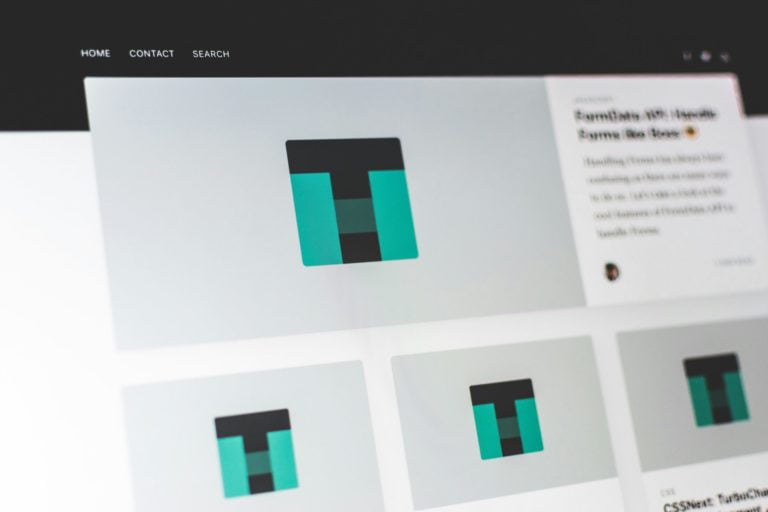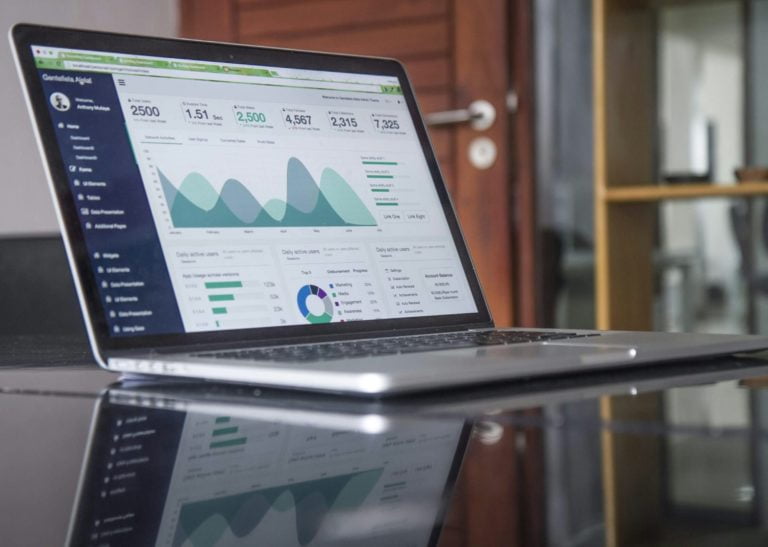
Automation in paid advertising: performance vs control
In the last decade we have seen rapid growth in the options provided by digital ad platforms. Brands moved much of their budget from traditional advertising, which was largely unmeasurable, over to digital channels where budgets could be easily controlled, and performance was visible in granular detail. As investment in digital advertising grew, so did the power of its algorithms, and as a result, more and more features became automated.
Speaking to our friends at Pour Moi, they said:
“A recurring challenge is finding the right balance. The ad platforms and business needs are often at odds. We are fully on board with embracing automation, but there is a period of trial and error to find the sweet spot between maximising performance while still meeting a range of business goals. A good example to illustrate that point is Pour Moi’s wide range of products. We have instinctively gravitated towards automated functions offered by advertising platforms. However, the more we’ve embraced these tools, the more we’ve observed a drift from how we would typically speak to our audience.” – Alistair Woolham, Performance Marketing Manager at Pour Moi.
At Propellernet we’ve watched this change first hand, and through this evolution our Paid Media team have specialised in leaning into the tools provided by platforms whilst maintaining control, so our clients invest their budget wisely. In practical terms, those of us who have been around for a while have gone from managing every single piece of ad copy and bid at the keyword level of a Paid Search account, to using fully automated bidding strategies and Responsive Search Ads.
As the use of automation continues to take over the way we manage our digital ad spend, how can we retain the control our clients need to ensure the safety of their brands appearance, and protect the return on their investment?
Marketing Goal Budgets

There is nothing new about setting budgets based on whether you are prospecting for new customers or retargeting existing ones. But that doesn’t mean it’s stopped being relevant. This is increasingly important on campaigns which automate audience targeting, such as Advantage+ Campaigns on Meta. Our testing of these has generated good success for our clients. However, if you ask an automated campaign with no set audience to generate sales, naturally it’s going to start by targeting the audience with the highest intent. Typically, this means your repeat customers. This is harmful as it focuses too much on the short-term goal of generating sales from existing customers and ignores the long-term goal of speaking to potential new customers.
To avoid this, we set budgets separately for retargeting and prospecting activity to control investment by audience type, and focus on both short and long-term goals.
Utilising Automated Creative

Ad fatigue and distrust is growing, and it’s increasingly difficult for our clients to stand out. To avoid creeping ad frequency, we’re using automated creative to stay fresh. Be it RSAs on search or Dynamic creative on social, we’re no longer required to control every single element of the ads we show. Automated creative is an effective way of allowing algorithms to run large-scale testing, beyond the capabilities of human-controlled testing. However, we’re seeing increasing reliance on this from our clients, especially when platforms favour them over non-automated assets. Often, we see up to 50% of ad spend going to fully automated formats. We are fans of automated creative, but we believe there is a specific place for them to be effective. Whether you’re using a behaviour change model, or the classic marketing funnel, automated creative is most useful at the ‘action’ stage.
When you’re speaking to a potential new customer for the first time, appearance is everything. Therefore, in your brand or prospecting activity, avoid automated creative. Think carefully about your message to ensure it lands well. As the intent level of that user develops, this is when it’s time for automated assets to step in. This could be a Dynamic Product Ads (DPA) on Meta or TikTok, or Performance Max assets on Google. As users become more familiar with your brand, you have greater freedom to show multiple assets and formats to encourage their interest. If you’re prospecting to a new customer though, it’s better to think more conscientiously about your message.
Measurement

Platform-based attribution tends to be very complimentary to itself. If you ask Meta how your ads are performing, chances are it will say ‘excellent’. As we see less control over the features of an ad platform, it becomes increasingly important to seek measurement elsewhere. This doesn’t just mean GA4- though that is a very good place to start but also the data in your own systems.
There are no one-size fits all attribution models, and there never will be. Looking ahead to the very near future of our industry, it’s only going to get harder to measure performance. Sprinkle in fully automated ad platforms and it’ll be hard to pinpoint why a campaign is, or is not, performing well. To get ahead of this, we work with our clients to understand all the measurement tools we have access to. We combine platform reporting, GA4, raw sales data, the CRM and more, to generate as much of a holistic understanding of the audience is possible.
It’s less likely that we are going to be able to say ad A generated X revenue, and ad B didn’t, but we will be able to generate the audience insights we need to control how we invest our media budget. For one of our clients, we use this to control budget by product cohort. Using the measurement tools available to us we know which product cohorts perform best based on ad spend, revenue, return rates and profit margin, and we control budget based on this. This is data that is not easily imported into the ad platform, so understanding it outside of the platform allows us to still make changes based on these insights.
Conclusion
Automation isn’t going away, and we don’t want it to. It is really powerful. We’re not, however, going to automate every element of our campaigns and allow our clients to take on all that risk. Instead, we’re going to continue to lean into these tools whilst also helping our clients to regain control, so we get the best of both.
We’ll continue to manage our budgets separately based on the marketing goal, we’ll utilise automated creative at the most suitable moments, and we’ll use all the measurement tools available to us to guide our decision making.



